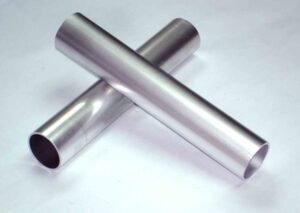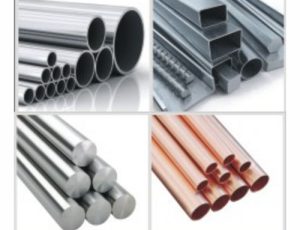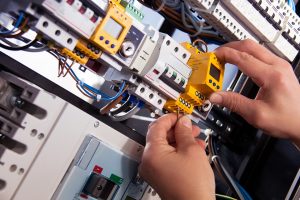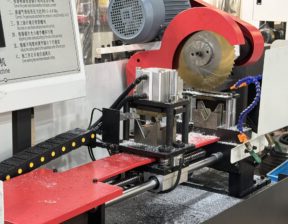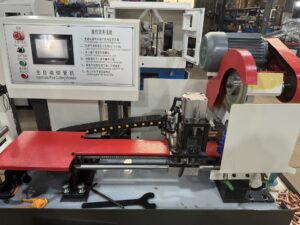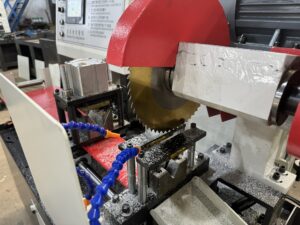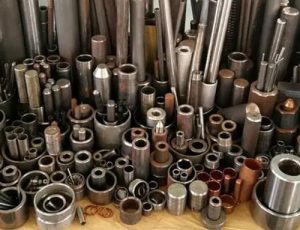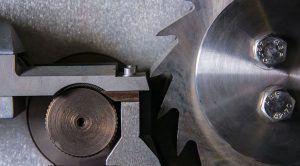Operating a pipe cutting machine might seem straightforward, but safety is crucial. I’ve seen firsthand how small mistakes can lead to accidents, so ensuring safe operation should always be a top priority.
To safely operate a pipe cutting machine, it’s essential to follow safety precautions, prevent accidents, use the correct personal protective equipment (PPE), and maintain your machine properly. Let’s dive into each aspect of safe operation.





